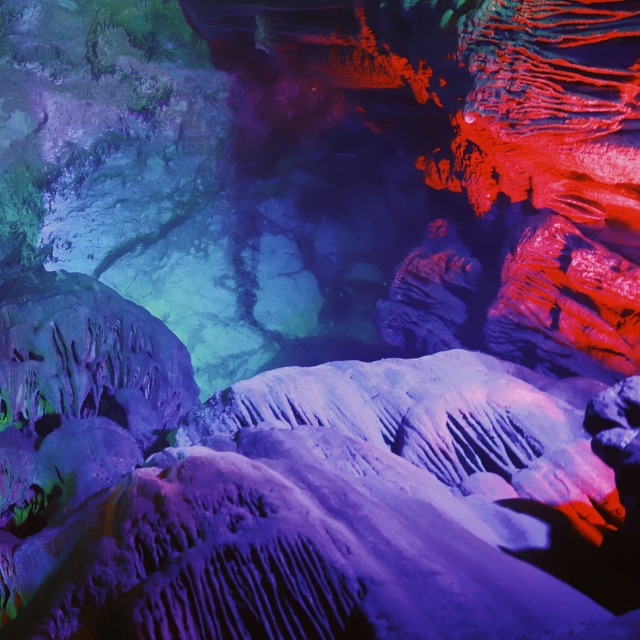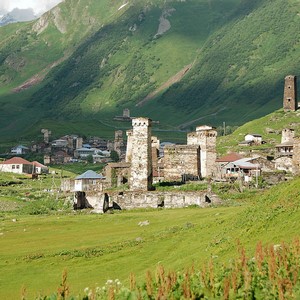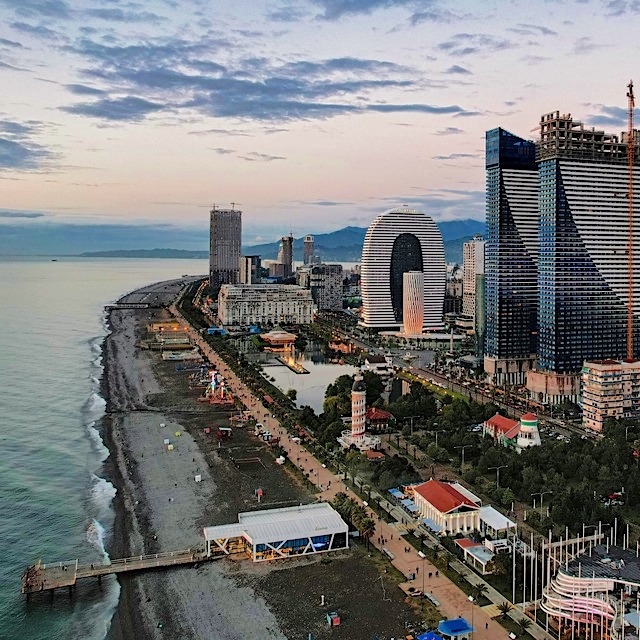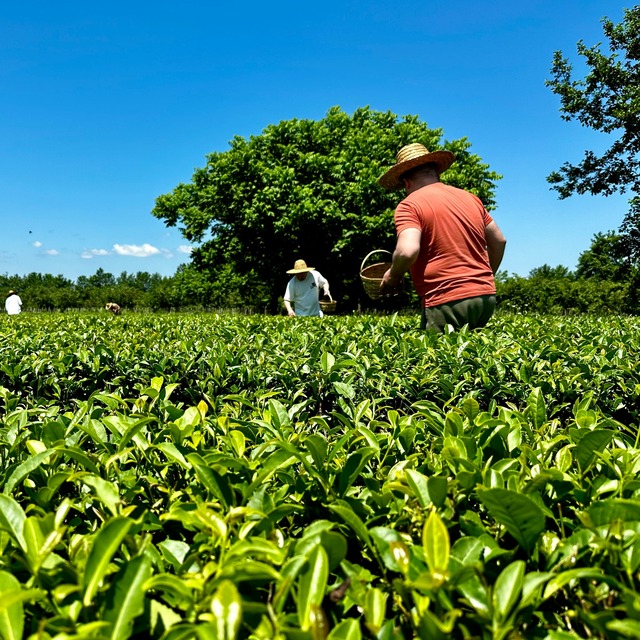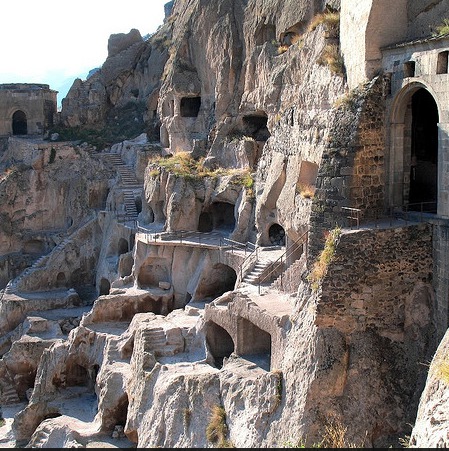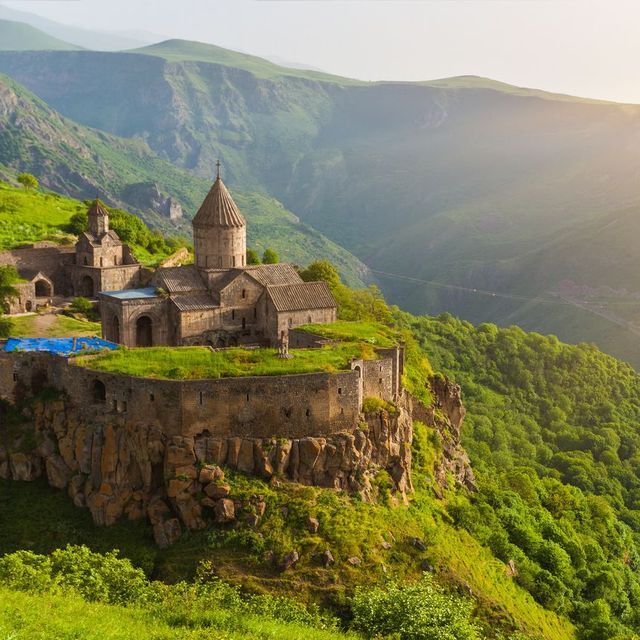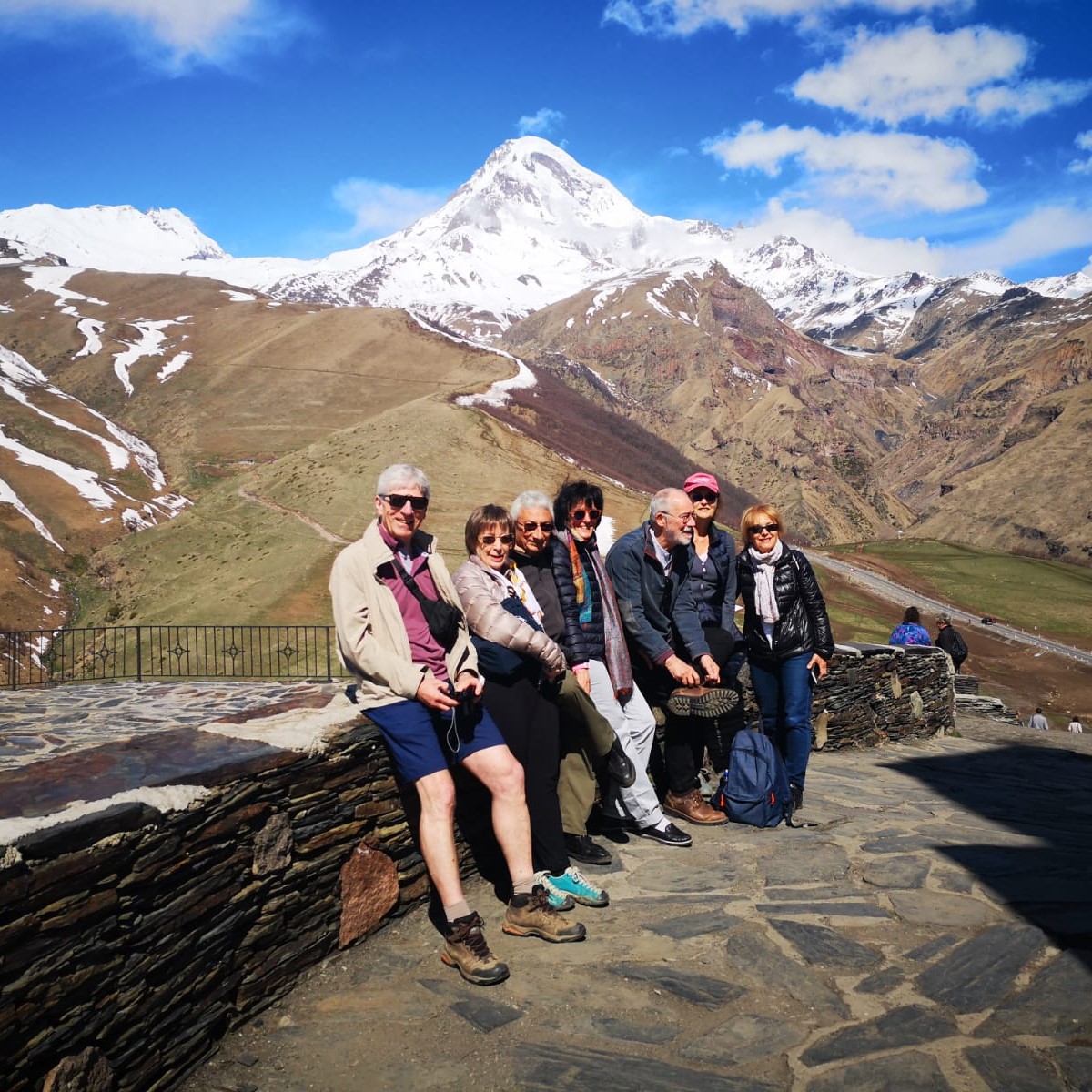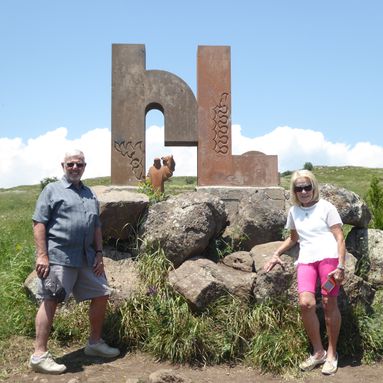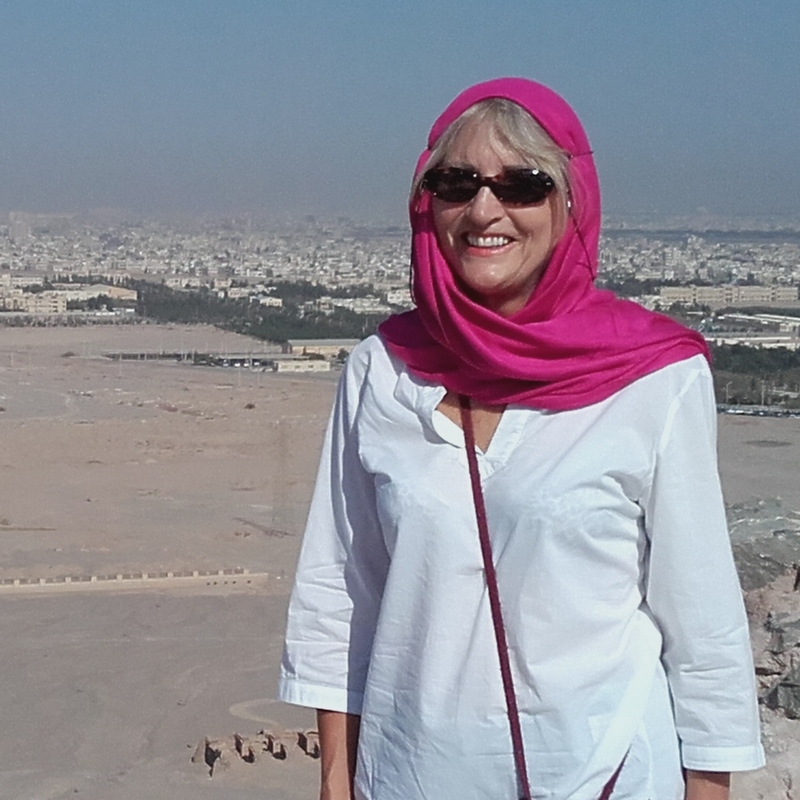Well worth a closer look, Kutaisi’s agricultural market and Gelati Monastery - a World Heritage Site par excellence - are on the morning’s agenda. After lunch be prepared for subterranean delights at the Prometheus Grotto. Offering glimpses into nature’s awe-inspiring beauty, this cave complex contains tastefully-lit stalagmites and stalactites. Back in the glare of sunlight, we continue northwest on to Mestia. A hub for trekking, this charming huddle of stone houses set in a green valley in full view of some of the Caucasus’ highest peaks, is sure to impress all aficionados of true wilderness.
Overnight in Hotel Ushba, Mestia
Meal plan: Breakfast & lunch
The Gelati Monastery, founded by beloved Georgian ruler David IV (also referred to as ‘’David the Builder’’), consists of the main Church of the Virgin, the Church of St. George, the Church of St. Nicholas and a bell tower. The Academy building recalls the monastery’s history as a cultural centre of ancient Georgia, attracting great scientific and philosophical minds. Murals and mosaics, some of which date back to the 12th century, cover the spacious interior of the buildings, arching over windows, pressing backwards into alcoves and reaching the highest stretches of the vaulted ceiling. Despite damage from invasion and feuds, visitors can still admire detailed enamel and metal work from a bygone era.
Discover real masterpieces of nature - stalactites and stalagmites at Prometheus Cave, which are the most beautiful forms created by nature. One of Georgia's largest cave systems, the grotto comprises 22 grand halls, of which only 6 are on public display. A fairy tale world, and bonanza for all you speleologists.
The Prometheus Caves were discovered in the Imereti region in 1984, and remain one of the largest systems of its kind in the world. The caves display a variety of extraordinary rock formations, including stalactites, stalagmites, petrified waterfalls, cave pearls and underground rivers. Visitors can walk and choose to take a boat tour through the cave system, where a light display illuminates the natural wonders and unique features within Prometheus Cave.
The highland townlet of Mestia is located in the Svaneti region of Georgia, at an elevation of 1,500 metres. The small settlement was historically an important centre for Georgian culture and arts - today, remaining home to a number of UNESCO-listed medieval monuments and forts. The surrounding mountainous landscape provides an idyllic backdrop for the quaint medieval town. Mestia has become a centre for visitors wishing to explore the mountains and hike through the rural region.




